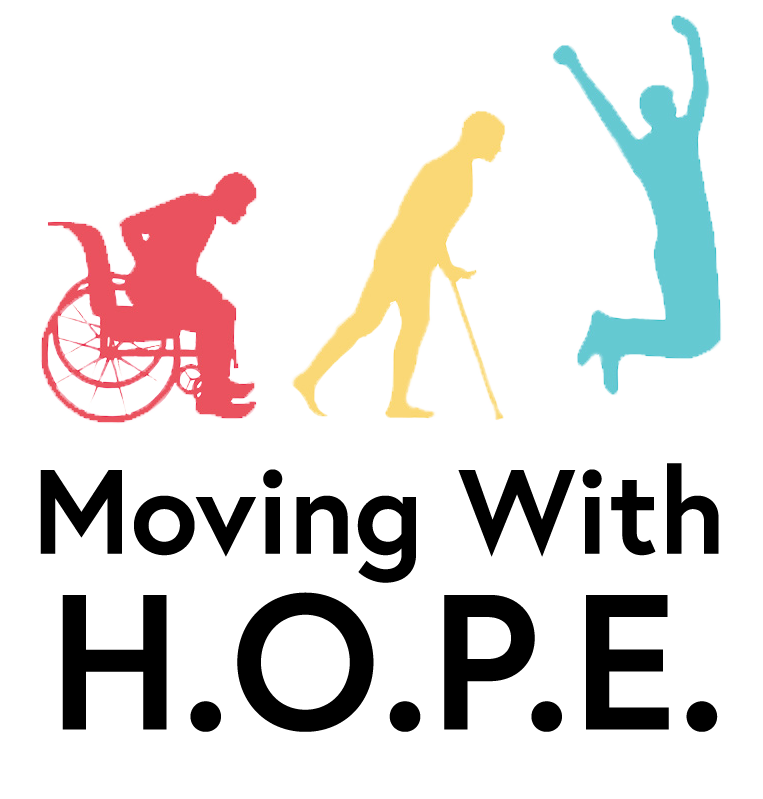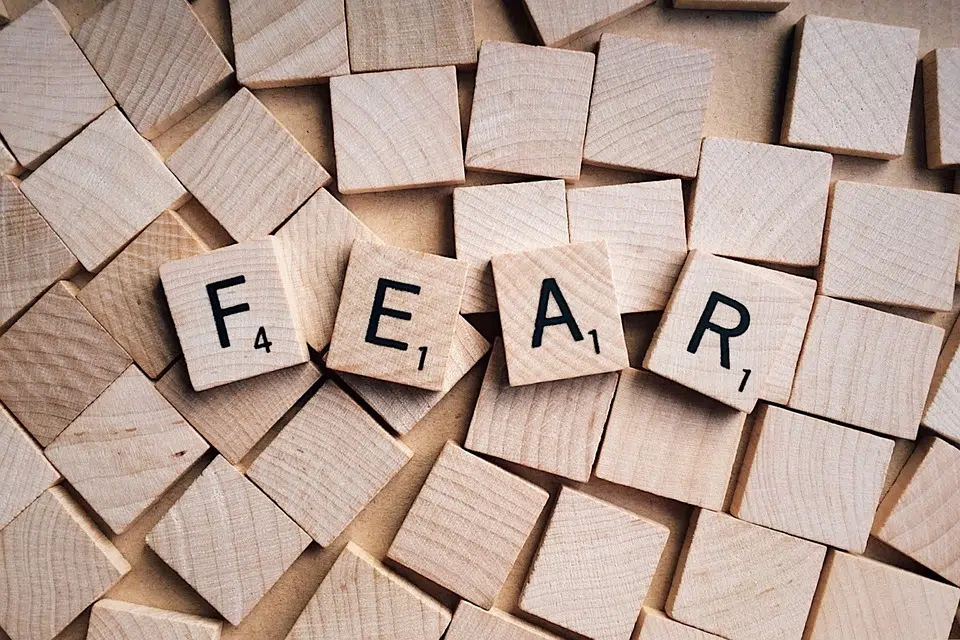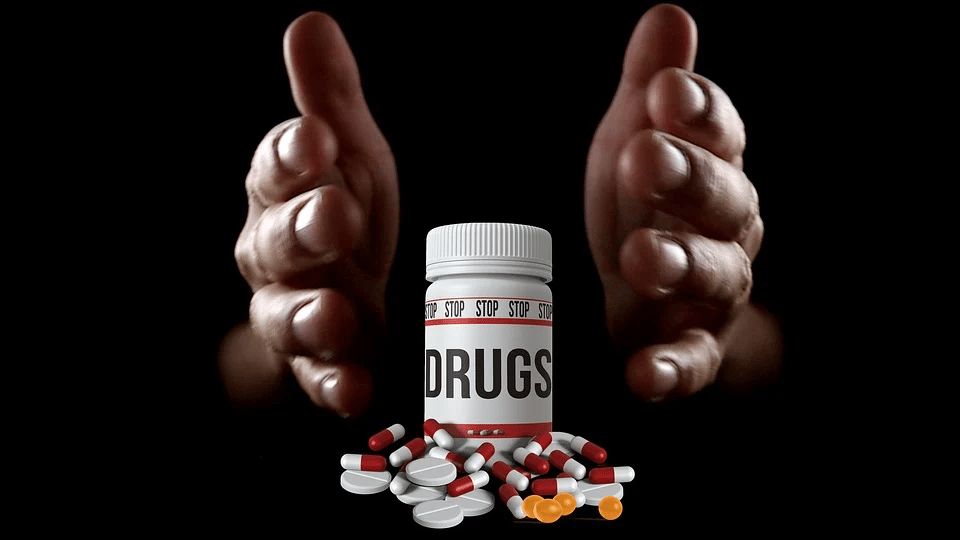Anxiety disorders are one of the most common mental health conditions as it affects 40 million American adults (or 18.1% of the population) each year. While anxiety is treatable, only 36.9% of persons suffering from these disorders receive treatment. Also, those with an anxiety disorder are three to five times more likely to visit the doctor and six times more likely to be hospitalized than individuals without such disorders. In this article, we will talk about how occupational therapists and mental health interventions can help with anxiety. Let’s begin!
What are Anxiety Disorders?
Anxiety disorders involve feelings of excessive anxiety or fear. Anxiety occurs when you anticipate a future negative occurrence and it makes you engage in avoidance behavior. Fear is your emotional response to an immediate threat and it’s associated with a fight-or-flight response. Anxiety disorders arise from a complex set of risk factors such as genetics, brain chemistry, personality traits, and life events.
These disorders can cause you to miss out on important events as you often try to avoid anything that could trigger or worsen your symptoms. Your job or school performance and personal relationships may also be affected.
For someone to be diagnosed with an anxiety disorder, their anxiety or fear must:
- Be either age-inappropriate or situation-inappropriate.
- Block them from being able to function normally.
Common Symptoms of an Anxiety Disorder
Some of the symptoms of an anxiety disorder are:
- Feeling nervous, restless, or tense
- Experiencing a fast heart rate
- A sense of impending danger, panic, or doom
- Hyperventilation (or rapid breathing)
- Feeling tired and weak
- Sweating
- Trembling
- Difficulty concentrating or being consumed with worry
- Insomnia (or difficulty falling asleep and maintaining sleep)
- Gastrointestinal (GI) issues
- Avoiding all situations that may trigger anxiety or fear
Types of Anxiety Disorders
There are several types of anxiety disorders:
Generalized Anxiety Disorder
This type of disorder manifests as continuous and excessive worry that disrupts your ability to complete daily activities. These worries are often about job responsibilities, personal and family health concerns, financial obligations, or impending events like appointments.
This persistent worry and tension may also have physical symptoms such as restlessness, extreme fatigue, poor concentration, muscle tension, and insomnia.
Generalized anxiety disorder is often accompanied by other anxiety disorders and depression.
Panic Disorder
The main hallmark of a panic disorder is recurrent panic attacks. A panic attack is a strong physical reaction (almost like a heart attack) that occurs in response to extreme fear of disaster or losing control even when there is no danger. These panic attacks can occur at any time, and you may worry about having the next attack.
Furthermore, during a panic attack, these symptoms may occur in tandem:
- Rapid heartbeat or heart palpitations
- Feeling dizzy and about to faint
- Chills or hot flashes
- Excessive sweating
- Trembling
- Numbness or tingling sensations
- Labored breathing
- Choking
- Chest pains
- Abdominal pain and nausea
- Feeling detached
- Fear of losing control
- Fear of dying while experiencing the symptoms
On average, panic disorders tend to first affect persons when they are 22 to 23 years old. A panic disorder may also be accompanied by depression or post-traumatic stress disorder (PTSD).
Agoraphobia
Agoraphobia is the fear of being in situations where:
- You can’t easily escape or
- Escape may be embarrassing or
- You may not be able to get help should you start panicking.
With agoraphobia, this fear is excessive and not situation-appropriate, and also lasts for six months or more. Agoraphobia leads to fear of:
- Using public transportation
- Being in open spaces
- Being in enclosed spaces
- Standing in a line or being in a crowd
- Being outside your home alone
You may actively avoid the situation you fear, insist on being accompanied, and endure intense anxiety or fear. Untreated agoraphobia may also render you unable to leave your home. Agoraphobia is only diagnosed when these symptoms are evident and interfere with daily life.
Specific Phobias
A phobia is an extreme and persistent fear of a specific object, situation, or activity that is usually not at all harmful. You know that there’s no basis for your fear, but you can’t seem to overcome the feeling. This fear can even cause great distress (such as panic attacks) and sees you actively avoiding the source of your fear.
Some categories of specific phobias include:
- Animal phobias: Fear of dogs, snakes, insects, mice, etc. Animal phobias are more commonplace.
- Natural environment phobias: These include fear of storms, heights, or water.
- Situational phobias: These are fear of specific situations like flying, riding in a vehicle, using public transportation, going over bridges or through tunnels, or being in an enclosed space (like an elevator).
- Blood/injection/injury phobias: These are fear of seeing blood, being injected or invasive medical procedures, or being injured in any way.
- Other phobias: Other phobias may include fear of falling, fearing loud snores, or fearing costumed characters (like clowns or mascots).
Social Anxiety Disorder
Social anxiety disorder is when a person experiences excessive anxiety and discomfort when they are about to be embarrassed, humiliated, rejected, or disparaged (or looked down on) in social situations. The individual also fears being judged or seen in a negative light. If you suffer from this condition, then you either try to avoid such situations or endure them with great anxiety.
Some situations that may lead to social anxiety include:
- Public speaking engagements
- Meeting new people
- Eating or drinking in public
An individual is diagnosed with a social anxiety disorder if the symptoms disrupt daily life and last six months or more.
Separation Anxiety Disorder
Separation anxiety disorder is primarily a childhood condition. It is characterized by excessive distress when a child is separated from his/her parents or guardians. A child with a separation anxiety disorder is extremely fearful or anxious about being separated from persons to whom he/she is attached. It is also possible for adults to have a separation anxiety disorder.
This feeling is often beyond what is age-appropriate, adversely affects functioning, and lasts for at least four weeks in children (and six months or more in adults). A person with a separation anxiety disorder is always worried about losing the person closest to him/her. They may be reluctant or refuse to go out or sleep away from home without that person, and may even have nightmares about separation.
Separation anxiety disorder often starts in childhood and the symptoms can persist into adulthood.
Selective Mutism
Selective mutism is a persistent failure for a child to speak in certain situations like at school. He or she may choose to speak in other situations such as when they’re at home with family members. However, this can interfere with a child’s social development and school performance.
Substance-Induced Anxiety Disorder
This type of disorder is a direct result of taking certain medications, misusing pharmaceuticals, being exposed to toxic substances, drug abuse, and drug withdrawal. The symptoms include intense anxiety and panic.
Other Specified Anxiety Disorder and Unspecified Anxiety Disorder
These are phobias and anxiety disorders that do not meet the exact criteria of other disorders. However, their symptoms are sufficiently severe to be distressing and disruptive to the person’s daily life.
How Occupational Therapists Can Help With Anxiety
Occupational therapists are trained to help individuals overcome challenges (physical, mental, and emotional) and participate fully in daily life to improve their health and wellbeing. Daily life consists of many activities (or occupations) such as getting ready to go out, eating a meal, going to school or work, social events, volunteering, and other things that the individual enjoys.
Occupational therapy is useful as it helps you feel motivated and confident to complete the tasks that are essential to your daily life. Your occupational therapist will work with you to develop a structure and routine that coincides with your roles and responsibilities.
For children, an occupational therapist will also schedule regular opportunities for play and social interaction with peers. Also, adults are encouraged to have periods of rest and leisure. By following a structured routine each day, you improve your coping strategies.
Mental Health Interventions to Help Struggles With Anxiety
The type of mental health treatment will vary from one condition to the next. It also varies with the severity of the symptoms experienced. Also, there are a variety of mental health treatment options:
Psychotherapy
Psychotherapy is done by a trained mental health professional who helps you explore your thoughts, feelings, and behaviors to improve your wellbeing. For some anxiety disorders, it is beneficial to pair psychotherapy with medication to promote more effective recovery.
Medication
While medication does not cure an anxiety disorder, that may help to manage the symptoms. There are several categories of medication used to treat these disorders:
- Benzodiazepines: are sedatives that can help to relax your muscles and calm your mind. They are often used to treat panic disorder, generalized anxiety disorder, and social anxiety disorder.
- Buspirone: serves to regulate the chemicals in your brain that affect your mood. It is often used to treat both short-term anxiety and long-term (chronic) anxiety disorders.
- Antidepressants: Enhance your neurotransmitters (the chemicals that pass messages across your brain cells). They can treat your anxiety symptoms, but it takes four to six weeks before these medications have a noticeable impact.
- Beta-blockers: are generally used to treat heart conditions. However, they are also used to relieve the physical symptoms (like heart palpitations) of anxiety disorders.
Case Management
Your treatment center may assign you a case manager. This professional will help evaluate, plan, and implement the best treatments for your situation.
Hospitalization
In a few cases, medication adjustments or other factors may worsen an individual’s situation. Then, hospitalization may be necessary for appropriate medical monitoring.
Support Groups
This is a group meeting where everyone guides each other toward the shared goal of recovery. Support groups don’t often have mental health professionals on board but consist of peers who have suffered from similar experiences.
Self-Help Plan
A self-help plan is unique as it allows you to address your condition by applying key wellness strategies. These plans often address your wellness, recovery, recognizing triggers or warning signs, and taking appropriate action.
What Type of Therapeutic Approach Works Best for Anxiety Disorders?
Research has shown that cognitive-behavioral therapy (CBT) is the most effective therapy used to treat anxiety disorders. It is often used in treating panic disorder, phobias, social anxiety disorder, generalized anxiety disorder, as well as many other conditions.
CBT helps you address negative thought patterns and distortions in your perception of reality. This process has two main components:
- Cognitive therapy examines how your negative thoughts (cognitions) generate your anxiety.
- Behavior therapy considers how you behave and react in situations that tend to trigger anxiety.
In CBT, the premise is that our thoughts (not external events) affect the way we feel. So it’s not about the situation in which you find yourself that triggers anxiety in you, but your perception of that situation.
There are two main approaches in CBT:
- Cognitive Restructuring (or Thought Challenging): You challenge all negative thought patterns that lead to your anxiety. Then you replace them with more positive and realistic thoughts.
- Exposure Therapy: This involves exposing you to the situations or objects that you fear. The idea is that with repeated exposures, you will feel more in control of the situation and your anxiety will diminish. This exposure may be done through imagining the scary situation or confronting it in reality. Exposure therapy may be used as a part of CBT or as a standalone intervention.
Furthermore, CBT may be combined with other complementary therapies. These include exercises, relaxation techniques, and biofeedback (monitoring your physiological functions).
Occupational therapy helps you manage your anxiety and reduce its impact on your daily life. An occupational therapist will help you identify your future goals and map a plan of action to achieve those goals. They often provide mental health support for persons of all stages with an emphasis on building your self-esteem, motivation, and independence.
A Few Coping Skills for Persons Struggling With Anxiety
While you participate in occupational therapy and mental health treatment programs, it’s important to apply a few coping strategies as well:
- Take time to relax and recharge.
- Eat balanced meals to fuel your body the right way.
- Reduce alcohol and caffeine intake as these substances can worsen your anxiety and even trigger panic attacks.
- Try chamomile tea to calm your nervous system so that you can relax.
- Get sufficient sleep.
- Smell aromatherapy oils to calm yourself.
- Exercise each day to feel better and be healthier.
- Regularly breathe in and out deeply and slowly count to ten.
Need an Occupational Therapist?
Occupational therapists and mental health treatment can help you to live a full life despite your anxiety diagnosis. Do you live or work close to the Shelton, CT area and need an occupational therapist? Then visit Moving With Hope! We have trained occupational therapists as well as other medical professionals available. Contact us today so that we can partner with you on your journey to better health.







